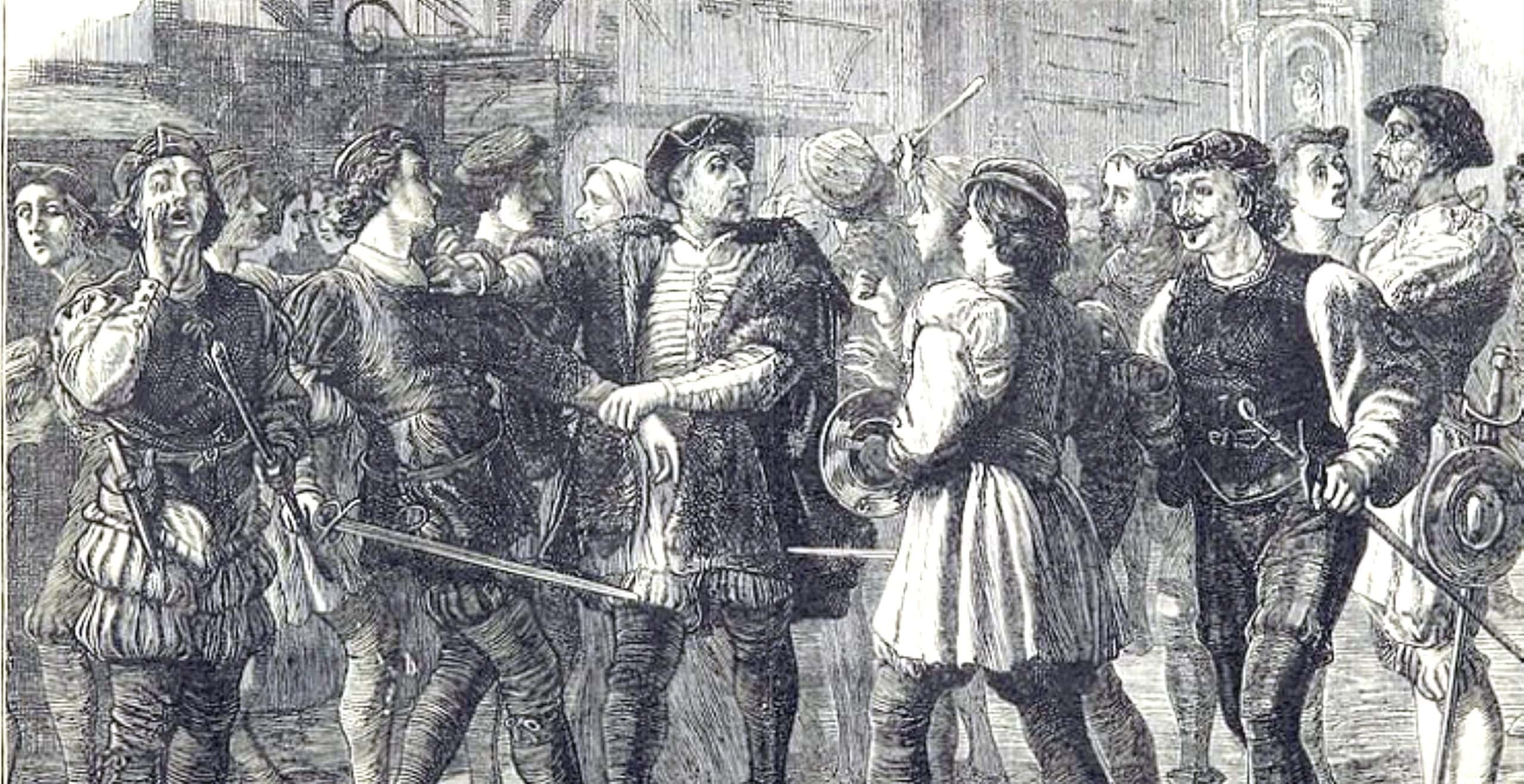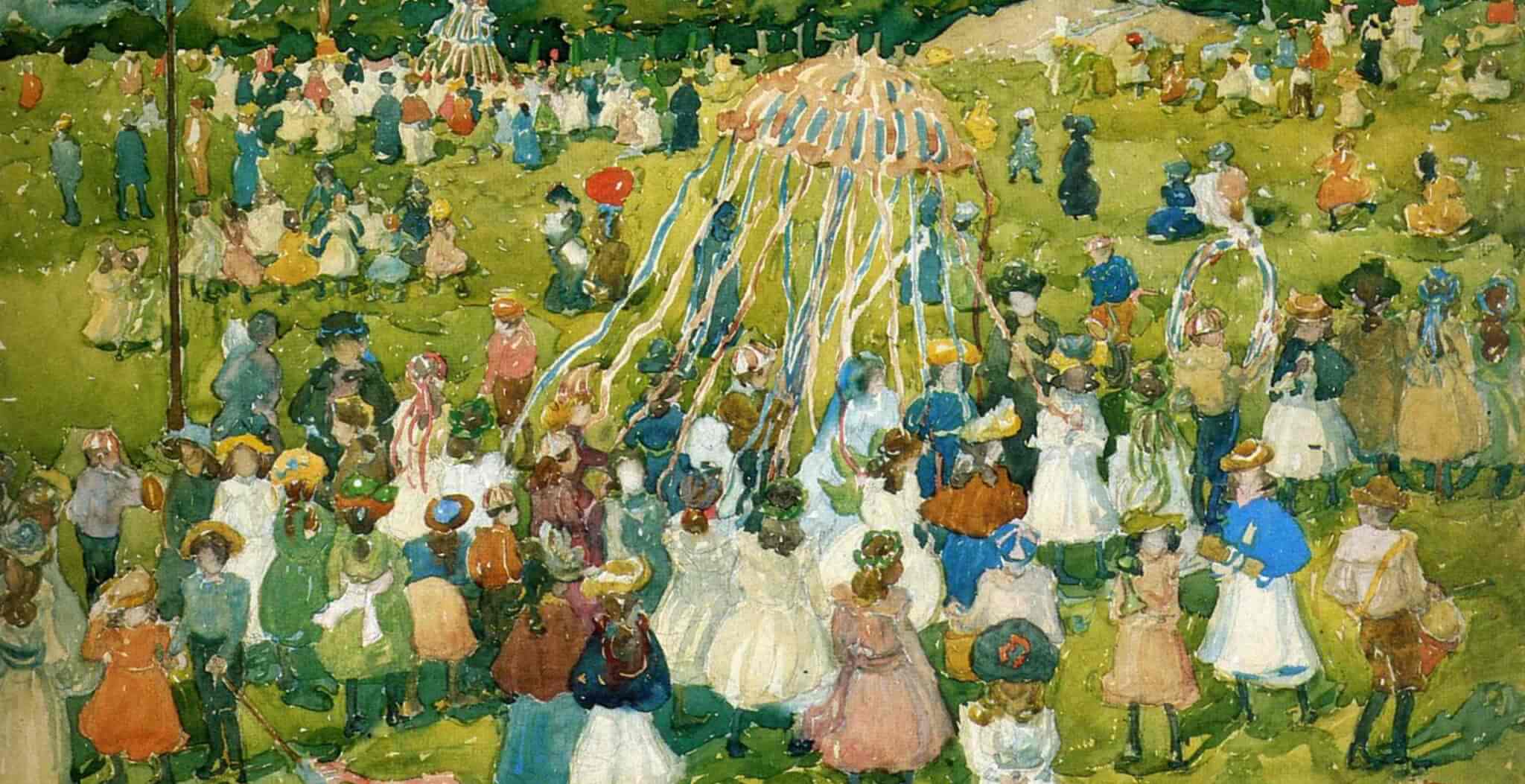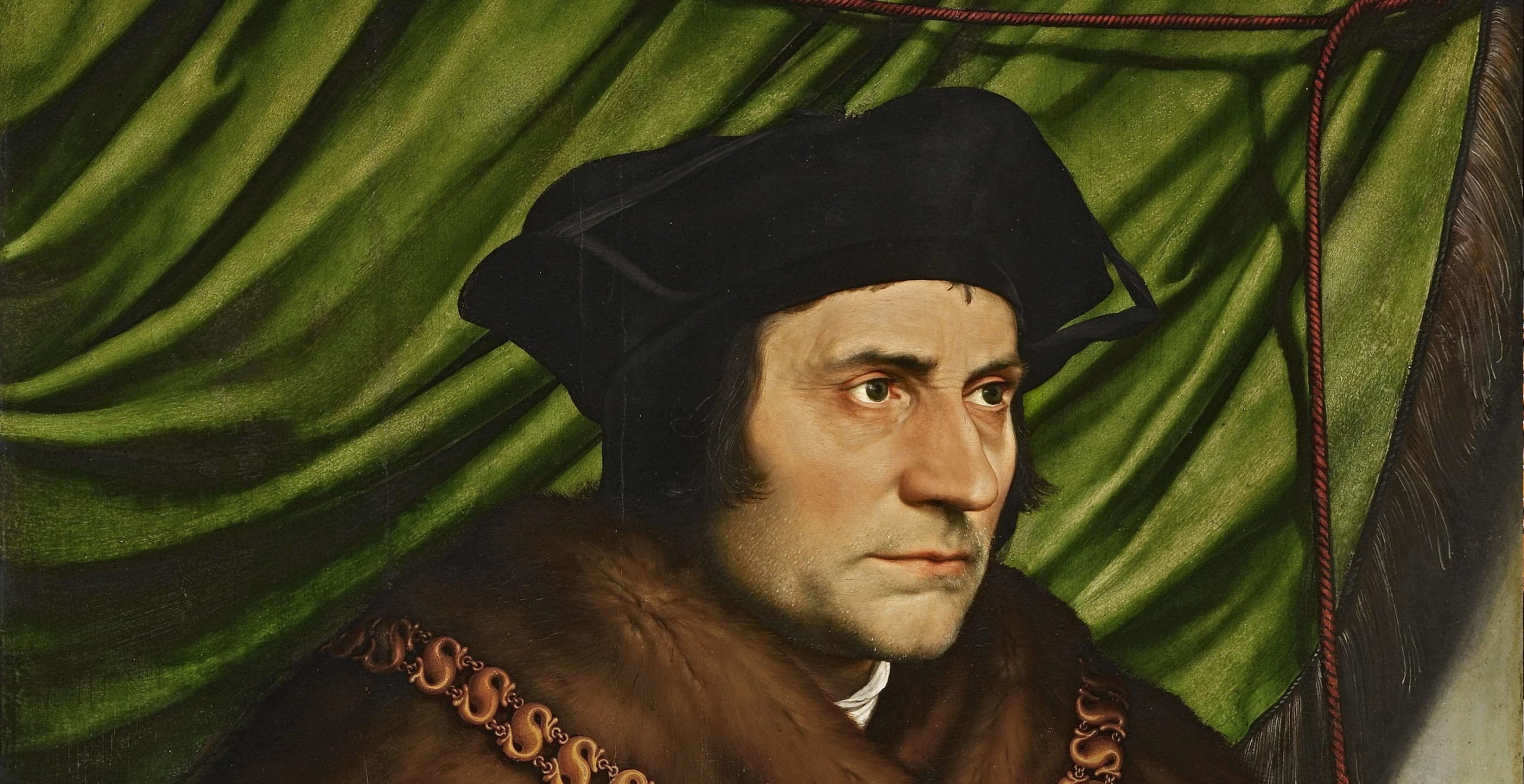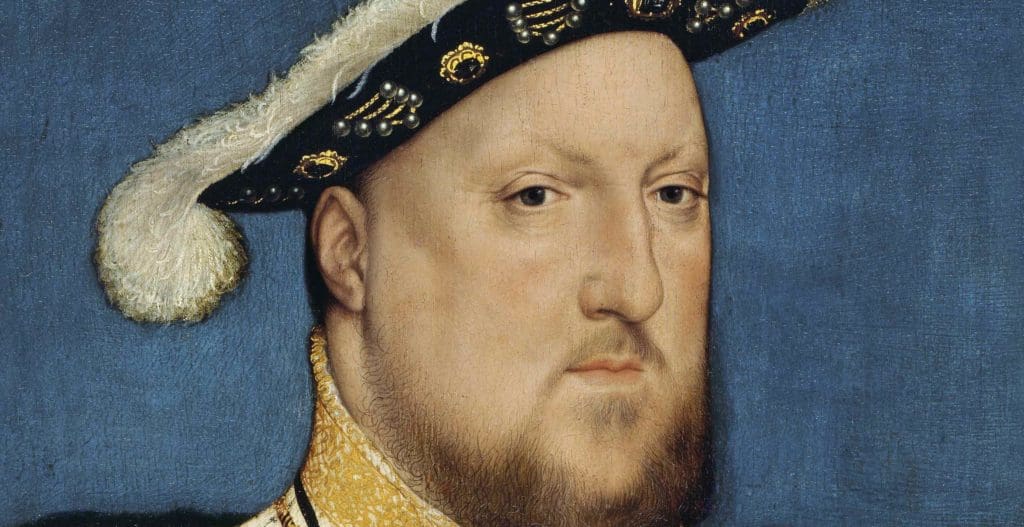May Day celebrations in Tudor England were a time of joyous festivities where people would drink and be merry, ushering in a new season with plays and pageantry. Unfortunately, in 1517 such revelries were curtailed when a violent mob took over the streets of London with the intent to attack the foreigners of the city.
Conditions precipitating the conflict included the backdrop of economic struggle felt by the working man across the city of London. To make matters worse, England had been engaging in a draining conflict with France whilst fears of religious heresy were also brewing on the continent.
Closer to home, domestic issues amongst the merchant class had also been bubbling under the surface as the natives felt ill at ease with the Crown’s apparent favouring of foreign merchants who supplied fine luxury goods such as silk, wools and exotic spices.
With the aristocracy’s penchant for the finer things in life, the ready supply of these goods from Spanish and Italian merchants was of the upmost importance for the likes of King Henry VIII and his entourage.
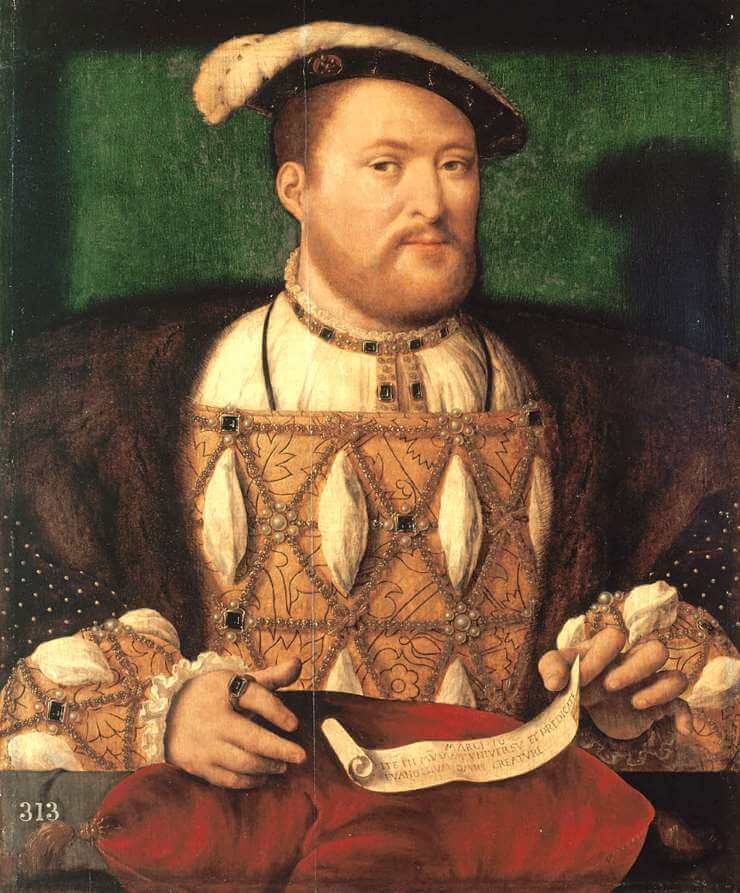
Moreover, the Crown’s decision to flagrantly overrule the guidelines and stipulations of the artisan guilds and exempt the foreign artisans from adhering to the same rules, naturally enraged the English worker.
For example, foreign shoemakers were not bound by the same rules on design as their English counterparts and thus the upper classes favoured buying the foreign produced design.
Sadly, the conditions arising from these decisions contributed to an atmosphere of discontent and resentment. With many feeling that their foreign counterparts were above the law, an atmosphere of malcontent continued to build.
Whilst the foreign population of the city was relatively small in terms of percentage, the influence and sway they held in the city and amongst the aristocracy was skewed in their favour. At a time when much of the city’s population was living in dire conditions with few economic prospects, the sight of foreigners prospering, at what felt like their own expense, simply added to the social pressures building to that fateful May Day celebration.
To make matters worse, the areas where many of the foreign workers lived were in the liberties, the districts outside the city of London’s jurisdiction. This meant that they did not have to follow the same authority as those confined within it and thus a level of self-governance was enough to increase tensions for those without such privileges.
By 1517, this combination of factors would prove volatile and the final straw would come when an Easter Sermon appeared to incite the hatred of the “aliens” of the city.
During the Easter celebrations that year, an inflammatory speech made by Dr Bell at an open-air address at St Mary’s Spital incited hatred and violence as it declared that Englishmen should “cherish and defend themselves, and to hurt and grieve aliens”.
Such blatant xenophobia preached at an Easter Sermon had been encouraged by a broker named John Lincoln who was harbouring these views, like many of his contemporaries at the time.
After the address, tensions would continue to grow as the agitators began to make arrangements for a planned attack.
By the end of April sporadic incidents were already occurring and the authorities became increasingly aware of the potential threat to the public.
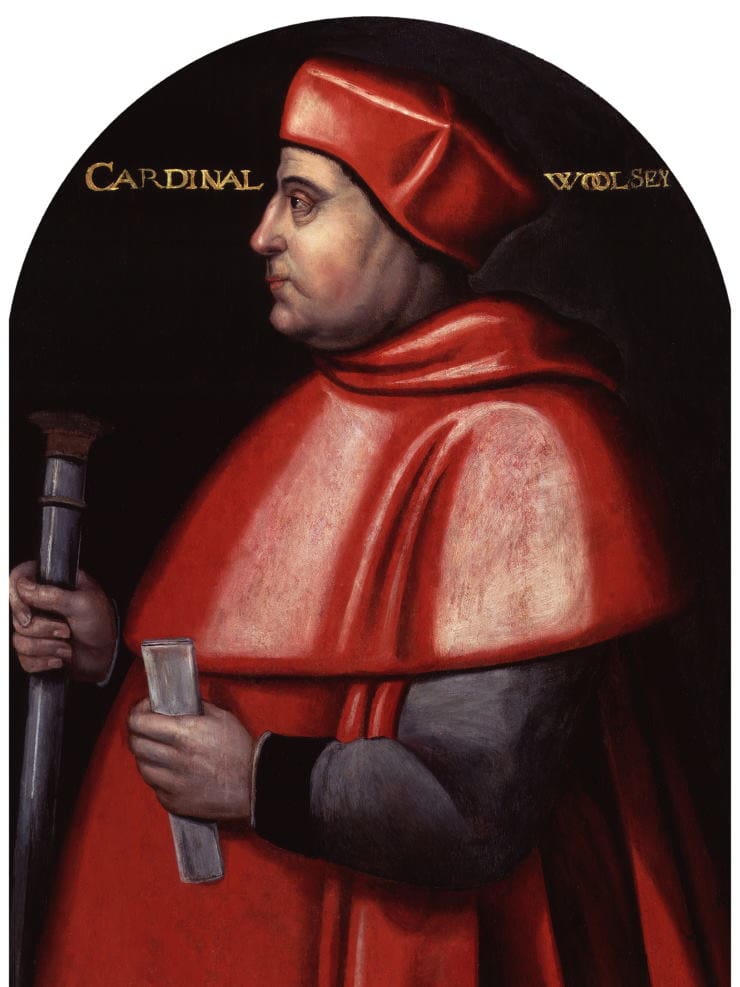
News of this potential violence soon reached the royal household in the form of Cardinal Thomas Wolsey who handled the king’s affairs. Upon his instructions, the Mayor of London would respond to the dangers by announcing a 9pm curfew on the city as a deterrent for people looking to cause trouble. Sadly this had little effect as those ready to incite violence were already prepared to do so, curfew or not.
On that night, a local alderman John Mundy had observed a group of young men still out in the streets past the curfew and when he questioned them they were quick to retaliate, leaving Mundy to flee for his life.
The riot had now begun.
The group’s numbers grew rapidly and within hours of the first hostile encounter, approximately a thousand people had gathered together in Cheapside.
First on the agenda was helping to break out those who had been arrested for previously attacking foreigners.
The mob activity escalated to attacking foreigners’ homes in the city, proceeding to the area of St Martin le Grand where many were living at the time.
It was at this location that the under-sheriff of London, Thomas More intervened and implored the baying mob to see reason and return to the safety of their homes. Whilst his attempts at de-escalating the conflict were admirable in the face of such a large crowd, sadly his efforts proved futile, especially when the residents retaliated with throwing items from their windows and pouring hot water on the crowds below.
The city officials were stuck between two warring factions and had little power over the outcome.
At this point, a veteran knight called Sir Thomas Parr rode out of the city to inform the king about the anarchy taking over the streets of London.
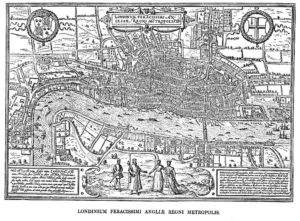
Meanwhile, the response of St Martin’s residents aroused further anger and the crowd responded by smashing and looting as many properties and shops as they could in the neighbourhood.
Whilst Thomas More failed to quell the violence, the Lieutenant of the Tower of London instructed his men to fire ordnance on the crowd to little avail.
By the early hours of the morning, the riot was beginning to reach its natural conclusion as the energy of the mob waned.
By this time Parr had gathered a contingency of knights and nobles including the Earl of Shrewsbury and the Earl of Surrey.
The Duke of Norfolk and a private army came in to suppress the remaining agitators, however many of the rioters were now in the hands of the authorities including some children who had made up part of the crowd.
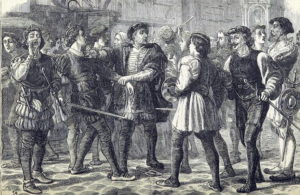
It is thought that around 300 people were arrested that night, with the authorities keen to uncover the ringleaders such as John Lincoln.
The remainder of the prisoners would be incarcerated in locations across London.
By 4th May, 278 men, women and children had been charged with treason. When the incarcerated individuals were brought before Henry VIII at Westminster Hall, Catherine of Aragon saw fit to intervene and appealed to her husband to spare their lives, particularly for the sake of the women and children.
Agreeing to the pardon, the king saw fit to release most of the prisoners who had been charged with treason, much to the jubilant relief of the 300 prisoners.
Meanwhile, John Lincoln and twelve other rioters were found guilty of their crimes and were sent to their execution.
On 7th May 1517, the public watched as Lincoln was taken through the streets of London before he met his fate with the executioner.
Not willing to concede, he remained steadfast in his views to the very end and so he was hanged, drawn and quartered for his crime, almost a week after the dark events of May Day.
In the aftermath of such events, an undertone of tension continued to plague the streets of London as skirmishes and sporadic incidents persisted between foreigners and the local population.
The Evil May Day Riot as it became known, did not result in any bloodshed however it very much remained in the psyche for years to come, so much so that almost a century later Shakespeare chose to include the events in a speech from his play, “Sir Thomas More”.
The events of 1517, which became a cultural reference point for many in the following decades, today provides us with an illuminating insight into the social challenges of diversity, economic disparity and hardship in Tudor England.
The violence of the Evil May Day Riot of 1517 is a notable flashpoint in a wider story of the fragile social condition where frivolity had turned to anger and celebration to anarchy. This May Day was a day that would be embedded in historical memory and remembered for all the wrong reasons.
Jessica Brain is a freelance writer specialising in history. Based in Kent and a lover of all things historical.
Published: 8th February 2023
